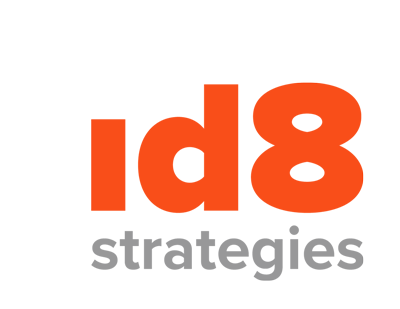A Framework for Success
In the pursuit of excellence, business leaders often wrestle with a critical question: How do we align our people to our vision and ensure we are maximizing potential? One powerful, yet often overlooked, tool in this process is employee segmentation. Drawing from the timeless wisdom of the “20/60/20” rule, businesses can better understand how to cultivate talent, drive performance, and lead organizations to long-term success.
The Power of Employee Segmentation
The 20/60/20 rule suggests that within any organization, employees generally fall into three distinct segments:
- The A Players (20%) – These are the high performers, the innovators, and the relentless drivers of success. They are the individuals who embody your company’s values, continuously strive for excellence, and have the vision to push the organization forward.
- The B Players (60%) – The majority of your team falls into this category. They are competent, reliable, and essential to your operational stability. Their performance may not always be at the highest level, but they form the backbone of the organization. They have potential – but they need guidance, encouragement, and alignment to grow. NOTE: Sub-Segment: There is an upper-end of the B segment, these people want to become A Players, big opportunity lies here! Coach them, invest in them, incent them and watch your bottom line grow!
- The C Players (20%) – This group consists of employees who are underperforming relative to their peers. Whether due to lack of motivation, skill misalignment, or poor fit, they represent a drag on productivity and culture.
The Strategy for Success: Focus on A Players, Elevate B Players, and Move C Players
The first step is deciding how to decide who is A, B, or C. Segmentation. One option is to look at two things, level of skill/performance in their current role and culture fit. (Decide on A-B or C for both)
1. Keep Your A’s at A Level
Your A Players are the lifeblood of your organization, and they must be protected and nurtured. These are the individuals who contribute the most to long-term success, and they are often the source of innovation and strategic breakthroughs. As a leader, your role is not just to retain them, but to challenge them. Offer growth opportunities, keep them engaged, and ensure that they are continually moving forward. Their success is your success, and fostering an environment that keeps them at their peak performance is critical.
2. Elevate Your B’s
The vast majority of your workforce falls into the B category. While they may not be the stars of the show, they are essential to your company’s daily operations. The key here is segmentation within the B category. Identify the upper echelon of your B Players – the 20% who have the most potential to grow into A Players. Provide them with the right development, mentorship, and accountability to move them forward. Investing in this segment offers the most significant return. As you elevate the upper 20% of your B Players, you will naturally build a culture of improvement, where excellence is the expected standard.
3. Move or Exit the C’s
While it’s important to be empathetic to the needs of every individual, we must be equally realistic about the impact that underperformance has on the organization as a whole. C Players – those who are not aligned with the company’s goals or are unable to improve – should either be moved into roles where they can succeed, or exited from the organization. Allowing underperformance to persist erodes morale and diminishes organizational momentum. As well, A players do not want to be around C players. Over time, serious erosion can occur to a company’s culture and performance.
The Bottom Line: A Framework for High-Performance Culture
By understanding the power of employee segmentation and adopting a strategic approach, you can optimize the performance of your team. Keep your A Players at the top of their game, invest in your B Players, and make tough decisions with your C Players. In doing so, you create a culture of excellence that drives the organization forward – ensuring that every member of your team is contributing at their highest possible level.
Leadership, at its core, is about making these tough calls with clarity and consistency. It’s about building the right team – not just for today, but for the future.
If you would like to discuss this, let’s connect here on LinkedIn and schedule time to meet.


